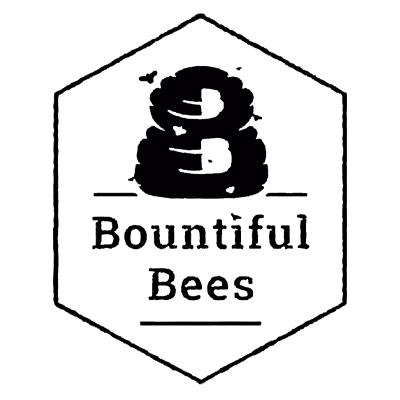Beekeeping is the practice of caring for and nurturing colonies of bees of your own. People keep bees for a number of reasons. Some people do it as a hobby, while others do it to farm honey, beeswax, and other materials produced in the hive. There are a lot of great reasons to learn how to start beekeeping. Sometimes, beekeepers use their colonies as pollinators for their own crops and plants, making their own healthy ecosystem in the apiary. An apiary is the structure where bees are housed and kept. Apiaries can have many colonies of honeybees, or just one. Most people recommend starting with two hives.
How to start beekeeping : What do I need to know?
Beekeeping is a practice that requires a lot of attention to detail and patience. Before diving in, there are some things you need to know and prepare for. It’s recommended to start with two hives. Your colonies won’t take off immediately of course, beekeeping is an activity that’s nuanced and complex, but an amazingly rewarding experience.
Your hives need plenty of room to start, and have some specific requirements for a new woodenware hive. Woodenware is what makes up the beehive itself; including the hive bottom, body, and top cover. Hives need specific temperatures and space requirements, and can grow to be incredibly large! There are 30,000 - 50,000 bees in one colony. Hope you’re not afraid of bugs!
Beekeeping comes with stings, there’s no way around it. If you’re allergic to bees, it might not be right for you.

Requirements
Before any bees are placed in their new homes, there are some requirements you must meet first. There are four fundamental needs your bees have.
1 - sunshine
- Your bees need sun! If you live in a hot climate, rather than a sunny place, give your bees a few hours of afternoon sun.
2 - water
-
Your bees need fresh water near their hive! A shallow bubbling fountain is just one of many simple techniques you can use to provide water for your bees.
3 - protection
- Your hives must be protected by the wind wherever you place them. It’s best to have your hives facing south if you can. Blowing rain or snow getting into the hive will deplete the hive’s warmth.
4 - privacy
-
Your hives shouldn’t be placed in high traffic areas. Play areas, pet areas, and pools are all bad places to put your hives. Minimizing interaction with people and pets can help prevent stings and aggression.
TIP: If space is limited, you must position the hive near a tall fence or shrub. This means the bees flight path will be overhead, helping separate people and bees.
How to start beekeeping : What do I need to have?
The first step to constructing your bee boxes and woodenware is buying the base. Of course, you have to buy the bees as well! It’s recommended to start your colonies in the spring when blooming flowers offer an abundant food supply. If your bees don’t have access to flowers, don’t fret. By mixing water and sugar, and adding Bountiful Bees’ brood booster honey bee feeding stimulant, you can adjust your bees to their new environment, while also boosting their energy, giving the worker bees all they need to make the hive.
A veil and gloves are a must have. Even with the protective gear however, you are going to get stung, it comes with the job. Novice bee keepers are recommended to start with two colonies instead of one- although that may seem counterintuitive. Starting with two colonies means that you can see action and response. One hive may react differently to the same things. You see your actions make a difference on each independent hive, and get to work them together to perfect your personal beekeeping technique.

Resources & next steps
Opening the frames to check for larvae or eggs should only be done on warm days. Cold in the hive will compromise the temperature and can negatively impact the hive.
Material for smokers is a must, as well as the smoker itself. Bountiful Bees sells a lavender infused smoker fuel, made with all-natural ingredients, flower, and pine shavings. A one pound bag can last a beekeeper four to six smoker refills - depending on the person's usage. Bee swarm bait should also be on hand with your beekeeping supplies. Catching your own swarms in the spring is a must, and helps the colony prosper. Bountiful Bees’ bee bait is made with completely natural ingredients, luring bees to your boxes.
Having the right tools, materials, and accessories is crucial within bee keeping! Your bees are sensitive, and need all of their requirements met - they rely on you.
When your bees have filled seven or eight frames within their box, top it with a second brood box. Let the bees build up in the additional box too. When both of them are well filled, top it with a queen excluder. You need to be ready to spend anywhere from $300 to $800 dollars to get yourself started.
New beekeepers should start with inspecting their hives once a week. When your colonies are more established, you can leave the bees to their own devices - and should! When they’ve progressed further, opening the hive should only be done only as necessary. It takes the bees about a day to recover from the stress.



